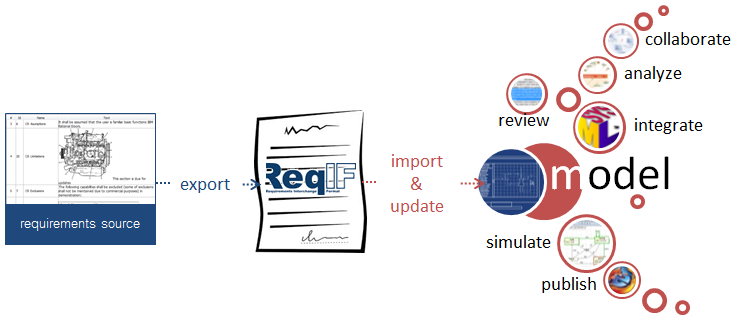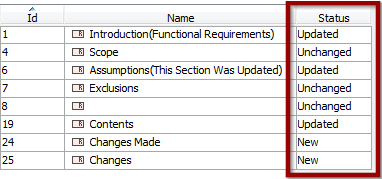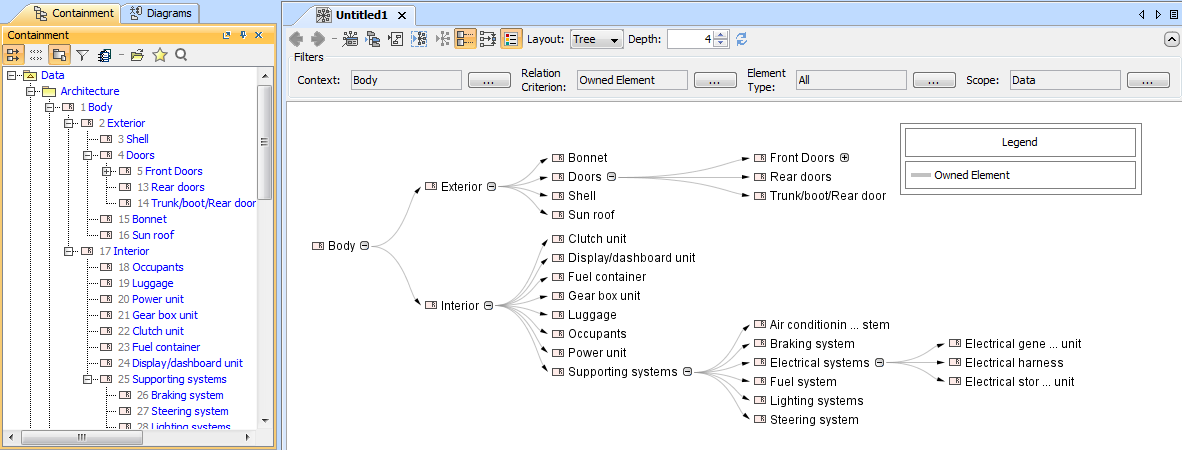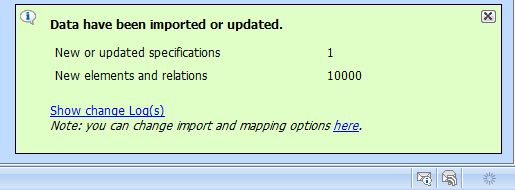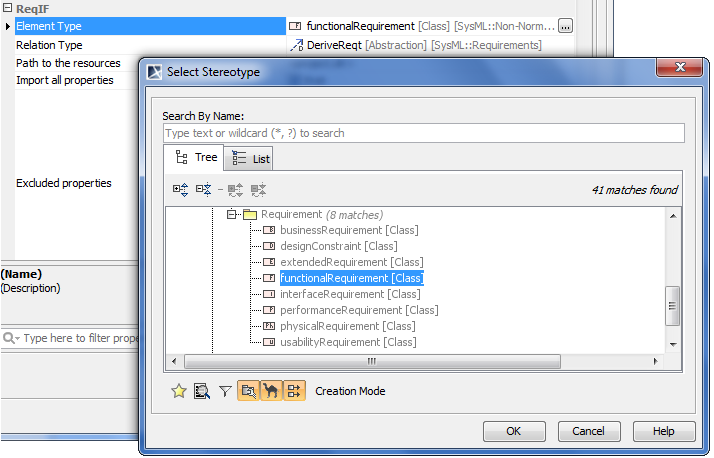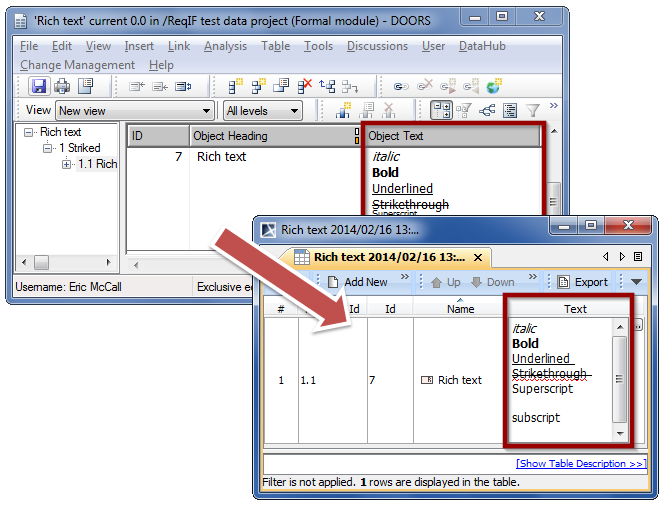Requirements are gathered and managed in dedicated requirements tools. When it comes to requirements refinement and integration with business, software, and system architecture, different requirements interchange formats are used. It can be comma separated value, MS Excel, Word, or XML. These are nonstandard ways, which bring drawbacks. It is clear that need for dedicated common format exists. This is why the German automotive industry started the open, non-proprietary format for requirements exchange development.
Starting with the upcoming v18.0, all MagicDraw-based Cameo Suite products will support ReqIF import as part of the new Cameo Requirements Modeler plugin.
What is ReqIF?
ReqIF is the XML-based international standard for requirement data exchange, standardized by the Object Management Group (OMG). It has solid recognition in the industry and adoption by many requirements management tool vendors. It is used to exchange requirement information between different tools and toolchains.
“For requirement analysis, ReqIF is the same as Unified Modeling Language (UML) for modeling – it is the most popular and dedicated requirements interchange format.”
ReqIF Support in MagicDraw
ReqIF Importer imports and updates (previously imported) requirements in models with the following capabilities:
- Import process includes the ability for custom mapping with the option to import all data and dynamically create properties.
- Update process includes changing management support with requirements status identification. After import, new, changed, updated or obsolete requirements are identified with the ability to check the impact of changes.
Once imported, requirements become first-class citizens in the modeling world. That means they can be:
- Integrated with other models: business, software, and systems architecture, test cases, and toolchains: PLM tools (e.g. Teamcenter), CAD tools (e.g. Catia), and others. This enables requirements-driven design and communication of changes with all stakeholders.
- Reviewed with visualization in diagrams, tables, matrices, and structure maps.
- Analyzed with built-in and custom validation suites, coverage metrics, traceability.
- Collaborated with a global modeling project’s repository, supporting collaboration inside a project, change and configuration management, multisite support.
- Simulated with OMG standard-based model execution, debugging, animation, and user interface prototyping supporting framework.
- Published with MS Office and Open Office docs, Web-based reports, with the ability to have custom reports incorporating required data.
ReqIF Importer Features
- Import data that originated in a wide variety of tools*
* Import tested with: IBM Rational DOORS 9.4, 9.5, Next Generation, Polarion, PTC Integrity, Siemens TC, and other ReqIF 1.0 compatible data sources. - Update existing data. It is possible to create relations to any other model element, e.g. test cases, or architectural components, to realize total traceability as required by the processes. On update, all custom relations are left untouched.
- Change status identification (updated, new, unchanged, or obsolete)
- Requirements structure and structure changes support
- Physical requirements remove action
- Status and summary notification message
- Custom mapping
- Dynamic properties discovery, no need to determine what data is in ReqIF file, all the properties can be imported
- Omit the data you don’t need to import
- Rich text support
More About ReqIF
ReqIF Recognition
The group working on the initial release of ReqIF consists of the ProSTEP iViP Association, Atego Systems GmbH, Audi AG, BMW AG, Continental AG, Daimler AG, HOOD GmbH, IBM, MKS GmbH, PROSTEP AG, Robert Bosch GmbH, and Volkswagen AG.
ReqIF Sources
- Rational DOORS, DOORS Next generation, IBM Rational Requirements composer (http://www-01.ibm.com/software/rational/)
- Polarion (http://www.polarion.com/2014/reqif-solution.php)
- PTC Integrity (http://www.mks.com/platform/our-product)
- Siemens Teamcenter (http://m.plm.automation.siemens.com/en_us/Images/Siemens-PLM-Teamcenter-Requirements-Integrator-for-RIF-ReqIF-fs_tcm1224-213684.pdf)
- LieberLieber for EA (http://www.lieberlieber.com/en/model-engineering/reqif/)
- Agosense (http://www.agosense.com/english/products/platform-und-adapter/agosensesymphony)
- ReqIF Server (http://enso-managers.de/)
- MS Excel to ReqIF exporter (http://www.pyrrho.com/en/ReqIF/ReqIF-Intro.htm)
- GitHub EnterpriseArchitect_ReqIF_AddIn (https://github.com/redsteve/EnterpriseArchitect_ReqIF_AddIn)
Requisis Rex (https://requisis.com/de/produkte/rex-doors-reqif-rif-export.html)
VISURE (http://www.visuresolutions.com/)
Formalmind (www.formalmind.com/)

